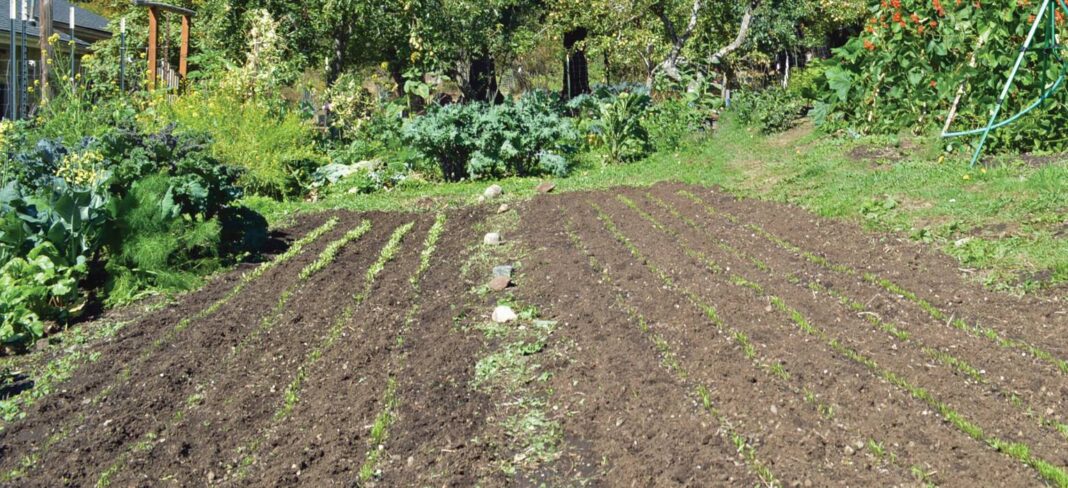Spring is upon us, and it’s time for veggie sowing and planting.
Growing veggies from seed is worthwhile and satisfying and might help you find varieties not readily available elsewhere.
Using seed you’ve collected means they are acclimatised to your local environment and budget friendly.
Many crops, such as leafy greens and spring onions, can be sown directly where they are to grow. However, others such as eggplant, chillies, tomatoes, and capsicums, need to be started in a warm, frost-free environment before being transplanted when the risk of frost has passed.
Consider trying the following when sowing seed and transplanting seedlings:
Use premium standard seed raising mix, which is specially formulated for germinating seed and promoting initial growth of seedlings.
Reliable moisture is required for seed germination – too much and the seeds will rot, too little and they won’t develop.
If you are using propagation houses, be mindful they are around ten degrees warmer than the outside air – therefore, once the temperature reaches 18 degrees or more, it’s critical the vents be opened or lids removed to avoid burning your seedlings.
Select a warm sunny spot to sow your seeds, such as a north-facing window indoors.
Summer veggie varieties require a 20-28 degrees C soil temperature, to induce germination and healthy growth.
Soil thermometers are readily available and a worthwhile investment – make sure it’s good quality.
Try sitting your seedling trays on Styrofoam or similar to keep the soil warm and reflect nearby light.
Alternatively, a range of heated propagation mats are available with grow lights with a timer to make things easier.
If it isn’t practical to set up inside, you could use a cold frame in a sunny, protected spot outside. Cover with an old blanket, tarp, or bubble wrap at night for warmth.
Freshly sown seed and young seedlings require constant monitoring, room, and food to grow into healthy plants.
Thin out weak plants with manicure scissors, leaving the sturdy specimens for planting out when the time is right.
When planting out, harden-off glasshouse grown/store bought seedlings to reduce transplant shock. To begin with put seedlings in a protected sunny spot outside during the day and undercover at night. After several days leave them outside overnight unless frosty weather is expected.
Ensure seedlings and planting site is moist the day before planting.
If seedlings are in punnets and not individual cells when planting, separate carefully to minimise stress.
Trim roots if necessary.
Water in well with a gentle mist and apply a light covering of organic mulch.
Plant tonics such as seaweed extract, comfrey tea, or weak compost tea, can help reduce transplant shock.
Protect seedlings from snails and other predators especially when they’re young. Catch them when they are most active, in the evenings or first thing in the morning.
Try placing open-bottomed pots on individual plants to give that extra level of protection.
Check out your local nursery for advice and inspiration.
There are some fabulous online resources including Canberra Organic Growers Society: cogs.asn.au; Green Harvest greenharvest.com.au, Diggers Club diggers.com.au, and Yates.
For more like this:



